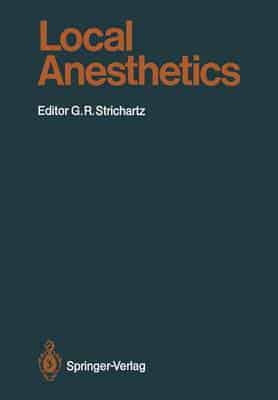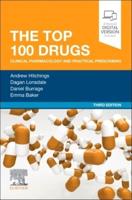Publisher's Synopsis
Local anesthetics are among the most widely used drugs. Their development over the past century ranges from a documented influence on Freud's Interpretation of Dreams 1 to the synthesis of the ubiquitously popular lidocaine, as described in Chapter 1. For surgical procedures the use of regional, epidural and intrathecal local anesthesia has increased continuously during the past decade. Local anesthetics are also applied by physicians to ameliorate unpleasant sensations and reactions to other procedures, such as tracheal intubation. The presence or the threat of cardiac arrhythmias is often countered by chronic administration oflocal anesthetic-like agents, such as lidocaine or procainamide. Relief of acute pain, accompanying dental manipulations, for example, and of chronic pain are also accomplished with traditional local anesthetics. And over-the-counter formula tions of topical local anesthetics provide practitioners of solar indiscretion welcome relief from their otherwise unaccommodating sunburn. In all these applications the final effect of the local anesthetic is an inhibition of electrical activity, accomplished as a reduction or total blockade of action potentials. The primary site of action is the sodium channel, a transmembrane protein which is essential for the influx of sodium ions that subserves impulse generation and propagation in nerves, skeletal muscle, and heart. The detailed mechanisms oflocal anesthetic action are still being investigated and Chapter 2 of this volume provides a current overview of that subject.










